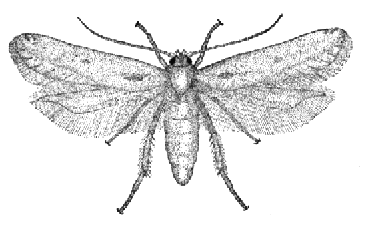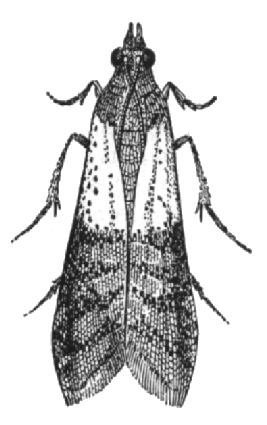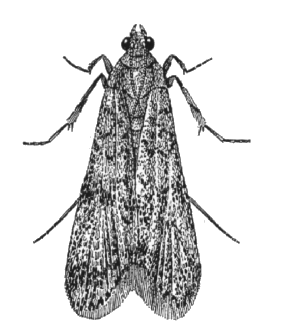QUICK PICK MENU



On this page, we are discussing toxins, particularly air-borne toxins, in addition to pests. Understanding the avian anatomy and it's respiratory system helps we Quaker owners better understand why certain toxins affect our birds. For pictures of the avian respiratory system and anatomy, as well as simple, easy to understand text about our Quakers anatomy, visit QUAKER ANATOMY.
BUGS & BRANCHES
Natural branches used as perches and in areas of play are beneficial. Walking on natural branches provides a varied surface and texture for your bird's feet to help prevent arthritis. Clean branches which are safe for avian consumption, are great fun for your bird to chew and wipe its beak on. With a little work, they're very cost effective!
Do not use branches that have been sprayed with insecticides or those with growths or lichens. Wash branches in a mixture of bleach and water and rinse, rinse, rinse, to clean and kill pests who may inhabit the branches. Air and dry washed branches completely in the sun. Some people "bake" their branches in the oven at a low temperature.
Check against the SAFE & TOXIC PLANT lists to make sure that branches you have gathered are non toxic.
MOTHS- It's a lovely night. You've put your Quaker to bed. All 's quiet on the home front. You dim the lights, turn on the tv, and settle back in a comfortable chair. And then they come....tiny creatures on the wing; itty, bitty moth pests. They don't bite, but they do have a hefty appetite for lots of goodies in your pantry, and they never want to leave!
The most common moths found in stored foods, feed, and seed, are the Indian meal moth, Mediterranean flour moth and Grain Moth. They're attracted by food; flour of course, rice, cereals, corn meal, oatmeal, and many boxed mixes, nuts, candy, dried fruit, dog ,cat, and bird food. The moths lay their eggs on food, or near food, such as in cracks and crevasses in shelving and cupboards. While they are doing a good job of pestering you at night and causing you to throw away a good amount of spoiled food by day, females moths are attacting males moths. They release a natural chemical called pheromone to find just the right guy.
The first thing to do is toss out the food they've inhabited. If you don't see moths actually emerge from packaging when you open it, you may see little clumps of cob webby things, or larvae, or eggs. Vacuum all shelves, shelf corners, and crevasses well and throw out the vacuum bag after. Wash down any place you've suspected moths to have been.
Some people suggust sprinkling bay leaves on shelves where moths have set up camp. Others suggest putting a few cloves in the food they are attracted to. These suggestions may deter moths, but will not elimate them.
Moth traps are available at avian related stores, on or off line, and at hardware stores. They contain small tabs of pheromone, a non toxic chemical, the same natural chemical we discussed above. The moth trap interior is sticky. Male moths smell the pheromone, and are lured into the trap. If there are no males present to mate with the females, egg production stops.
You can take precautions when bringing new food into the house. Bird food can be refrigerated or frozen before opening. Once open, it can be kept in air-tight containers. Try not to buy from bulk containers, but buy individual packaging that you can look over before purchase in good light. Do not purchase packaging that has been opened or crushed. Periodically inspect food and toss flours, etc. that have been used for a long period of time.
There are 2 different types of moth balls. One contains naphthalene. The other contains paradichlorobenzene. It is the fumes of these 2 chemicals which kill moths and their larvae. Naphthalene and paradichlorobenzene sublimate, which means they change from a solid to a gas, and it is the gas which is toxic to the moths and to birds.
Some species of cedar are considered toxic to avians if ingested. Certainly, cedar berries are toxic, but because cedar is so aromatic, the fumes, as well, can prove toxic to avian respiratory systems.